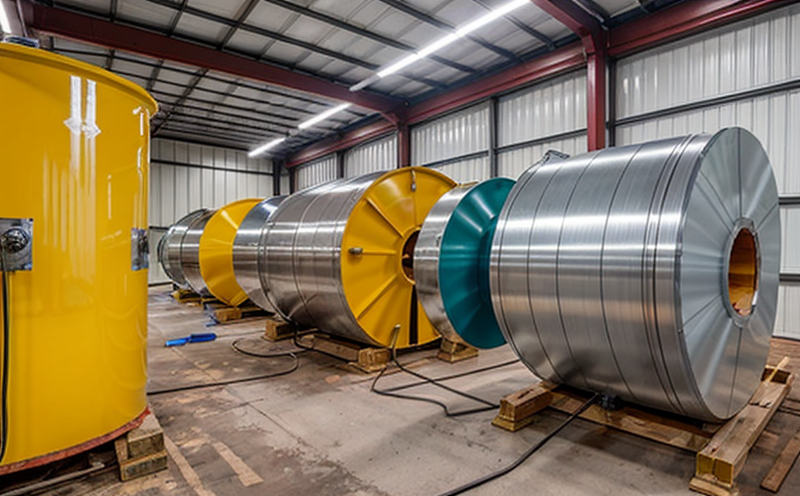ISO 8501 Visual Assessment Testing of Surface Cleanliness
The ISO 8501-4:2012 standard provides a visual method to determine the degree of contamination on metallic surfaces. This testing is crucial for ensuring that metal surfaces are clean and free from contaminants before applying protective coatings or paints, which can significantly enhance their durability and performance in marine environments.
The process involves visually examining the surface using specified lighting conditions and comparing it against a series of reference photographs provided in ISO 8501-4. This method ensures that all stakeholders involved—quality managers, compliance officers, R&D engineers, and procurement teams—are on the same page regarding surface cleanliness standards.
Surface cleanliness is critical for several reasons within the marine sector:
- To prevent premature coating failure due to contaminants.
- To ensure proper adhesion of protective coatings or paints.
- To enhance the overall longevity and performance of ship equipment in harsh maritime conditions.
For accurate results, it is essential that the testing environment meets specific criteria. The surface should be free from any foreign matter, such as dirt, grease, oil, or rust. This ensures that the visual assessment truly reflects the cleanliness of the substrate before protective measures are applied. Proper specimen preparation includes cleaning and drying the surface according to predefined protocols.
The test is particularly important in sectors like marine & ship equipment testing where exposure to saltwater can rapidly degrade unprotected metal surfaces. By adhering to ISO 8501-4 standards, manufacturers and quality assurance teams ensure that their products meet stringent cleanliness requirements before coating or painting processes commence.
| Standard Code | Description |
|---|---|
| ISO 8501-4:2012 | Visual method for determining the degree of contamination on metallic surfaces. |
| ASTM B637-09(2014) | Determination of cleanliness of metallic parts by visual inspection and comparison with a standard. |
Benefits
The benefits of ISO 8501 Visual Assessment Testing extend beyond mere compliance. It provides critical insights into the condition of metal surfaces, allowing for proactive measures to be taken in case of contamination. This ensures that applied coatings or paints adhere better and last longer, ultimately reducing maintenance costs and extending the lifespan of marine equipment.
By adhering to ISO 8501-4 standards, organizations demonstrate their commitment to quality and environmental responsibility. This can enhance customer trust and satisfaction, as well as improve reputation within the industry. Moreover, consistent adherence to these standards helps in identifying potential issues early on, preventing costly rework or failures down the line.
The visual assessment process also plays a vital role in research and development activities by providing real-world data that can inform product improvements and innovation. For procurement teams, this method ensures that only high-quality materials are used, thereby maintaining the integrity of the entire supply chain.
Why Choose This Test
- Accurate visual assessment according to internationally recognized standards.
- Cost-effective compared to more invasive testing methods.
- Non-destructive and can be performed on-site without specialized equipment.
- Provides clear, actionable insights into surface cleanliness levels.
- Suitable for a wide range of metal substrates used in marine & ship equipment.





